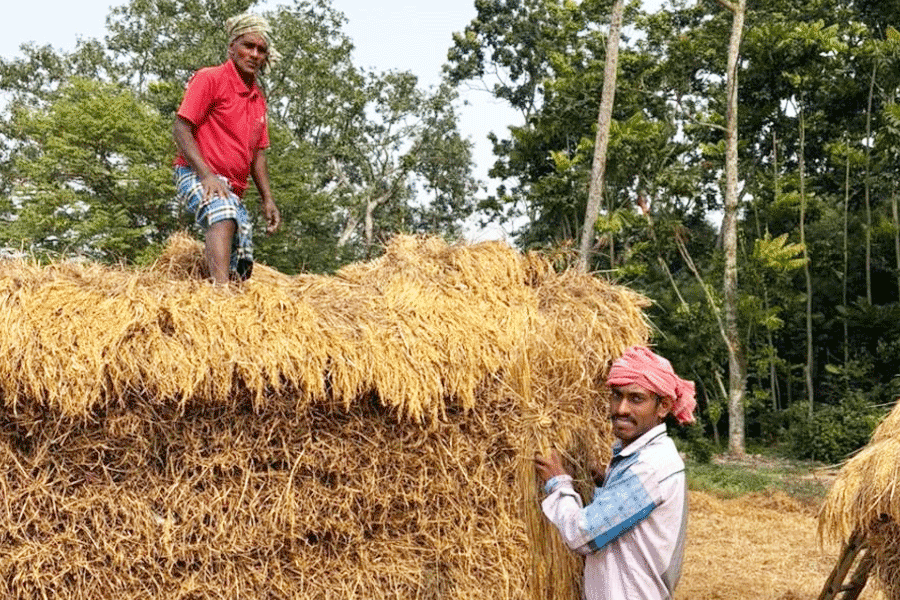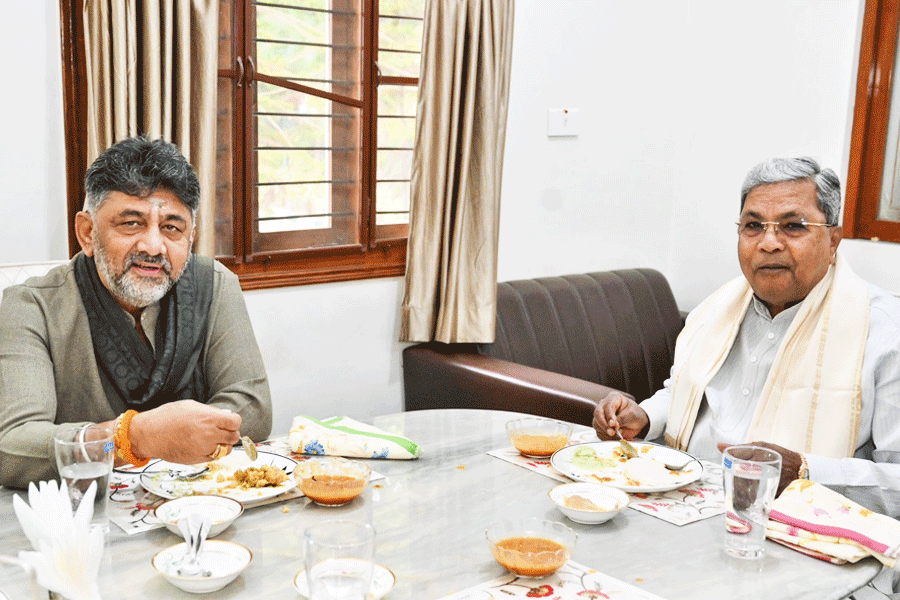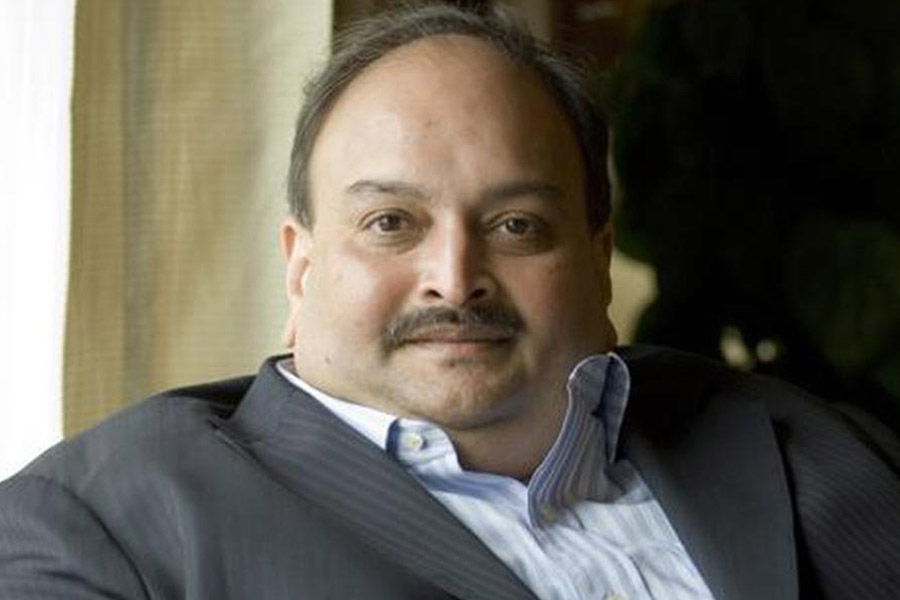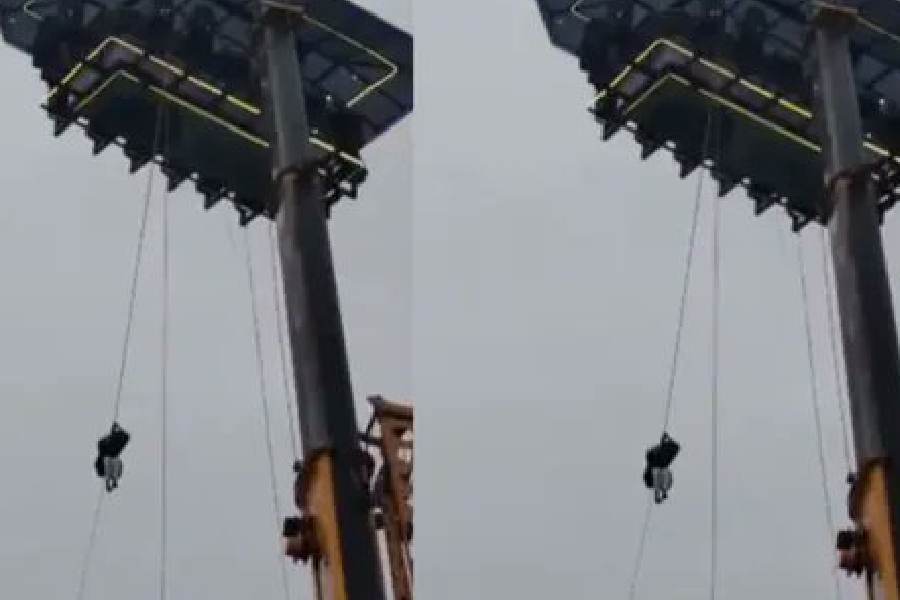JSW Steel’s Q2 results reflected a strong domestic demand against a weak global backdrop. Despite a traditionally weak quarter, sales jumped 10 per cent, while India demand went up 14 per cent. Jayant Acharya, joint managing director and CEO, JSW Steel, tells Sambit Saha of The Telegraph that Indian steel demand will top double-digit in this decade, mirroring the growth in Japan, Korea and China in the past. JSW Steel will stay the course on expansion and it may reach 50 million tonnes capacity ahead of 2030. An excerpt.
JSW Steel reported a higher profit despite net sales realisation falling. Is it due to coking coal?
Coking coal cost came off by $54 a tonne for us in the Q2. Coupled with that, steel prices went up in August-September. Going into Q3, coking coal prices have gone up and there will be a higher cost of $25-30 a tonne. It may be offset by price increases seen in October and also in August-September. Combination of this will mostly balance the coking coal increase. I feel the coking coal prices are not sustainable at this level and there will be some moderation, which we have seen in the last few days. Either steel prices will go up or coking coal will moderate.
There is a gap between domestic prices and international prices. Will that lead to higher import?
Import to India is not going to be sustainable at lower prices due to coking coal. Prices have to go up and we have seen that in the US where prices have gone up on cost pressure.
China dictates steel prices and we all know the property market isn’t doing well there. What impact will it have on us?
The short-range outlook by the World Steel Association expects steel demand to go up 1.8 per cent, translating to 32 mt incremental demand in CY23. Out of that China will be 18 mt and the rest of the world, which is mainly India, 14 mt. Demand will go up to 939 mt in China. I was there in China recently; the activities are strong. Real estate is weak but the rest of the market is doing well — industrial, retail and machinery.
There are two conflict points in the world. Do you expect any impact on the steel sector?
As of now, it is not impacting us. Ukraine used to export to Europe which has gone down. That provides an opportunity for India. Europe wants low carbon emitting steel. We are also trying to put up a facility to produce low carbon emitting steel in the west India brownfield facility. Once the war ends, there will be rebuilding, requiring lots of steel. That will change the demand supply equation. In the Middle East too, a similar trend could play out. Steel demand usually goes up post war. Moreover, Europe is also rebuilding old infrastructure. I would say, rebuilding in developed world and war-torn nations and building in developing countries (India & South East Asia) will consume a lot of steel going forward.
You indicated to investors that JSW Steel may scale up capacity to 50 mt ahead of 2030. Is that so?
Our capacity is going up to 35 mt (5 mt at Vijaynagar and 1.5 mt at Bhushan Power & Steel Ltd) by FY 24 and 37 mt by FY25 by debottlenecking. Parallelly, we will start working on the next phase. The EBIDTA generated from the expanded capacity will fund the new capex. These projects will come at a low specific investment cost as they are brownfield. Our target is 2030 but we may do it before that.
JSW Steel and its competitors have all announced big expansion plans. Is there a possibility of supply outstripping demand?
GDP to steel demand will structurally be higher in India during this decade. We have seen that in Japan, Korea and China in the past. A CAGR of 14 per cent was seen from 1955 to 1975 in Japan, 13 per cent in Korea from 1975-1995 and 11 per cent in China between 2000-2020.
A similar story will play out in India. With a GDP growth of 6.5 per cent, steel demand will grow at least by 10 per cent. I believe a 10-12 million tonne incremental steel demand in this year and on a larger base, every year a 12-15 mt addition is possible thereafter. So, in this decade, we will add about 100 mt additional demand. If we look at the capacity addition pipeline, the demand and supply will be balanced and there may not be steel for exports.
So, the downward curve for steel export is not actually a worry?
Whatever export will happen, it would be in the indirect form. Merchandise engineering export was $107 billion which is equivalent to 9 mt of steel. We expect that steel requirement will double in the next few years. With China+1 strategy, I think India will be a preferred source for engineering export.
India’s export volume fell about a million tonnes, but there is nothing to worry because domestic demand was very strong. Having said that, there will always be blips and challenges on the way. Because of the geopolitics, trade flows can always get diverted. The rest of the world is not growing but India is. So, we will be vulnerable to imports. We have to keep a watch on that.
Can you give us a roadmap to green transition and the investment required for it?
If we are to transition to complete or mostly renewable energy, an additional 6 gigawatt of energy requirement will be there, over and above 1 GW under implementation. We will build it along with the energy providers, including JSW Energy, a combination of wind and solar. Second, we will pursue energy efficiency (waste heat, turbine recovery), process efficiency (using natural resources in more efficient ways), and circularity (using gas as a reducing agent). We are putting hydrogen into trial. The facility will come up at Vijaynagar in 18 months. Our capex for transition would be Rs 10,000 crore. But on the energy side, the energy provider will do majority investment. We may co-invest a bit in some cases, but not much.
JSW Steel is said to be looking at iron ore mines of Vedanta. Can you give some colour to that?
We have nine operating iron ore mines in Karnataka and four in Odisha. We have won seven more mines which will come into production. For Vedanta assets, we will be more keen on the mining side. Captive mines contribute 40 per cent of JSW Steel’s requirements. The ratio will be maintained even when we reach 37 mt as the new mines will come into production. We will bid for more mines in Karnataka and Goa. Ideally we want to be in the range of 60-70 per cent captive source.










